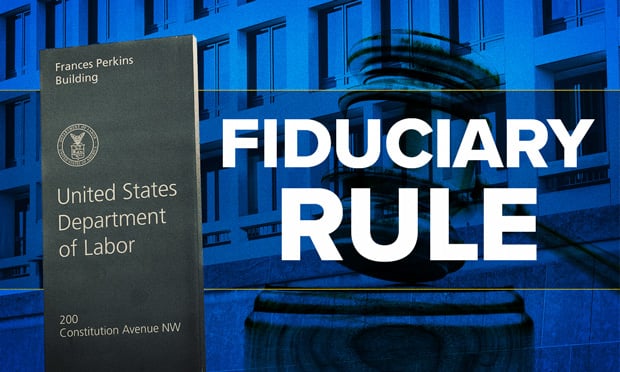 This is the second in a four-part series from MZQ Consulting Benefits Compliance that will appear each Tuesday on BenefitsPRO (read part one here). The series examines the long and ongoing journey to achieving better outcomes for mental health and addiction in the U.S. health care systems. The Paul Wellstone and Pete Domenici Mental Health Parity and Addiction Equity Act of 2008 (MHPAEA) is a federal law that generally prevents group health plans and health insurance issuers that provide mental health and substance use disorder (MH/SUD) benefits from imposing less favorable benefit limitations on those benefits than on medical/surgical coverage.
This is the second in a four-part series from MZQ Consulting Benefits Compliance that will appear each Tuesday on BenefitsPRO (read part one here). The series examines the long and ongoing journey to achieving better outcomes for mental health and addiction in the U.S. health care systems. The Paul Wellstone and Pete Domenici Mental Health Parity and Addiction Equity Act of 2008 (MHPAEA) is a federal law that generally prevents group health plans and health insurance issuers that provide mental health and substance use disorder (MH/SUD) benefits from imposing less favorable benefit limitations on those benefits than on medical/surgical coverage.
As easy as that is to articulate, achieving those objectives continues to be challenging. In particular, it can be daunting and confusing for employers and plans to understand and to report on, especially since the process seems to be ever-changing.
As defined in the previous article, non-quantitative treatment limitations (NQTLs) are strategies, standards, processes, and other criteria that an insurer might use to limit the scope of benefits a plan provides.
Continue Reading for Free
Register and gain access to:
- Breaking benefits news and analysis, on-site and via our newsletters and custom alerts
- Educational webcasts, white papers, and ebooks from industry thought leaders
- Critical converage of the property casualty insurance and financial advisory markets on our other ALM sites, PropertyCasualty360 and ThinkAdvisor
Already have an account? Sign In Now
© 2024 ALM Global, LLC, All Rights Reserved. Request academic re-use from www.copyright.com. All other uses, submit a request to [email protected]. For more information visit Asset & Logo Licensing.








